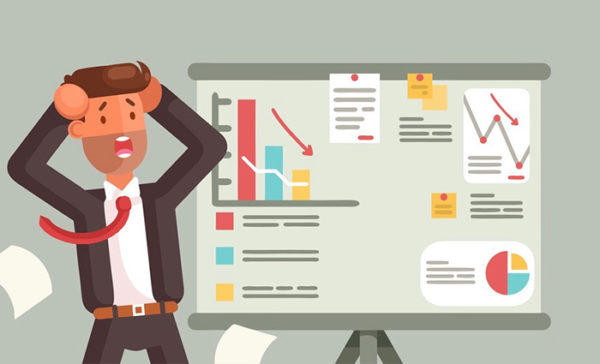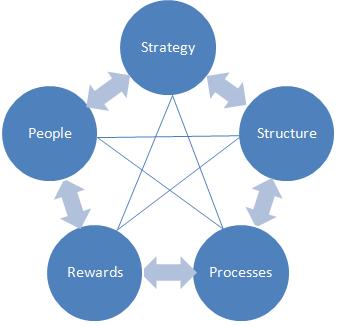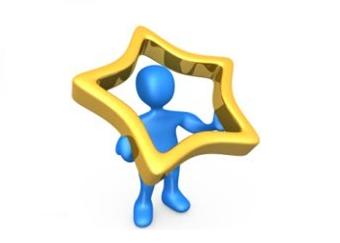Companies face problems all the time, and solve them one way or another. Sometimes one of these problems is difficult-at least at the time it occurs-and it becomes public interest with the help of the press. This problem is then known as a Crisis, where the company is faced with legal, political, financial and governmental impact on its business. The most serious property of crises is the element of surprise. The worst part in their handling is being unprepared.
Crisis can come from nowhere at any time; natural disasters, human error, and industrial accidents can all cause crisis. Sometimes the cause of a crisis is management itself; managers may insist that they face no crisis, and they fall into the brink of lying and rejection of its existence.… Read the rest




